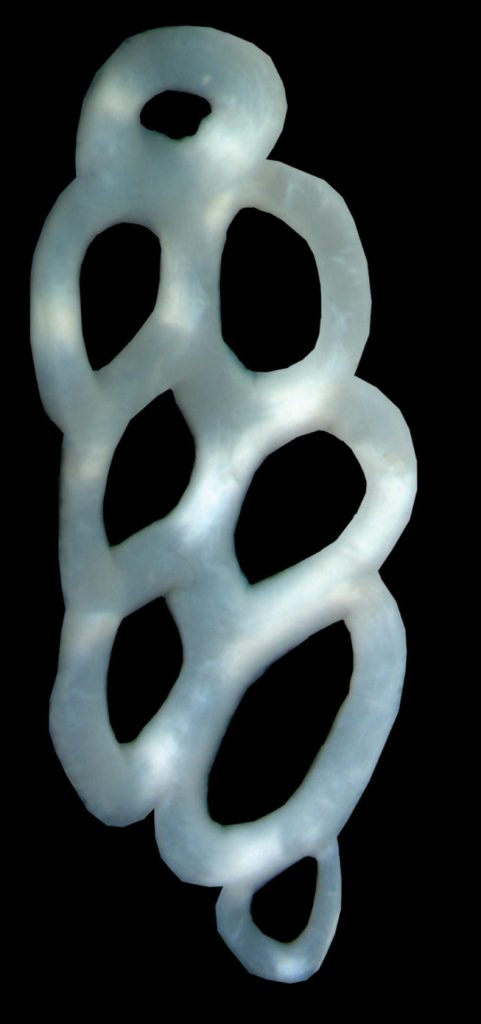In the canopies of a South American rainforest, a tiny soldier termite has stunned a team of international scientists with its whale-like features.
Cryptotermes mobydicki, the name given to the termite by the international research team — led by a University of Florida scientist — boasts features of an elongated head and hidden mandibles. It resembles the iconic sperm whale from Herman Melville’s classic novel — hence its name.

“This termite is unlike anything we’ve ever seen,” said Rudolf Scheffrahn, professor of entomology at the UF Institute of Food and Agricultural Sciences (UF/IFAS).
The specimen was so distinctive that the team of international entomologists thought it was looking at specimens of an entirely new genus, said Scheffrahn, whose taxonomic research is based at the UF/IFAS Fort Lauderdale Research and Education Center.
This termite is unlike anything we’ve ever seen
Rudolf Scheffrahn
“The lateral view of the soldier’s frontal prominence and elongated head resembles the head of a sperm whale, and in both organisms, the mandibles are eclipsed by the head,” he said. “The whale’s eye and soldier’s antennal socket are comparatively positioned. After I noticed the resemblance to a sperm whale, my coauthors thought the name to be appropriate and whimsical, much like ‘ghost orchid’ or ‘Dumbo octopus.’”
The discovery adds a 16th species to the South American roster of Cryptotermes termites. A genetic family tree analysis shows that Cryptotermes mobydicki is closely related to other neotropical species found in Colombia, Trinidad and the Dominican Republic, giving scientists a new clue into the evolutionary story of this globally distributed genus.

Researchers found the colony in a dead, standing tree about eight meters off the forest floor. It’s unusual anatomy highlights the diversity of termite evolution and the surprises still waiting in tropical ecosystems.
“The discovery of this distinctive new termite species underscores the vast number of unnamed organisms yet to be discovered on our planet,” said Scheffrahn.
To scientists, discovery is also a win for biodiversity. Every new species discovered adds to scientific understanding of life on earth, especially in a group as small as termites with only about 3,000 species worldwide.
There is also good news for Florida property owners. As a newly described drywood termite species, Cryptotermes mobydicki is no threat to homes or trade. Unlike other invasive termites that cause costly damage in parts of the southeastern United States, this species is found only in its rainforest habitat and does not spread beyond it.
Research article:
Scheffrahn RH, Buček A, Sillam-Dussès D, Šobotník J (2025) Cryptotermes mobydicki (Isoptera, Kalotermitidae), an extraordinary new termite species from French Guiana. ZooKeys 1258: 305-311. https://doi.org/10.3897/zookeys.1258.166021
Story originally published by: Lourdes Mederos, University of Florida/Institute of Food and Agricultural Sciences (UF/IFAS). Republished with permission.






















































